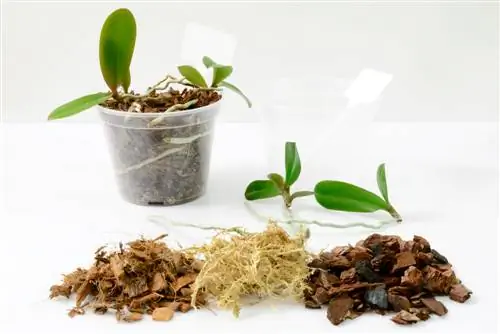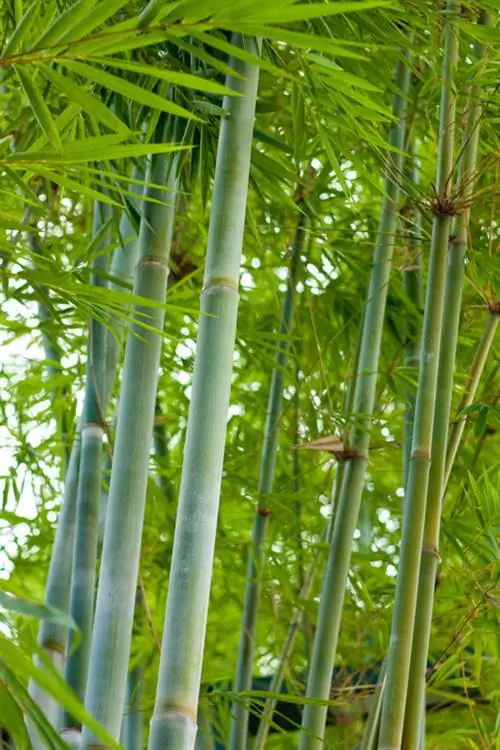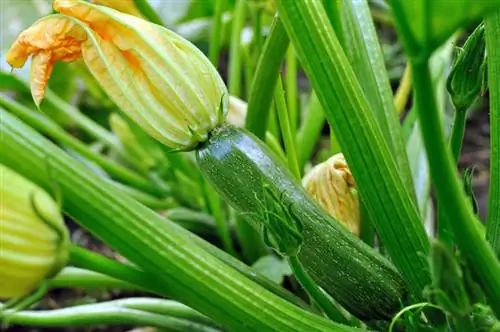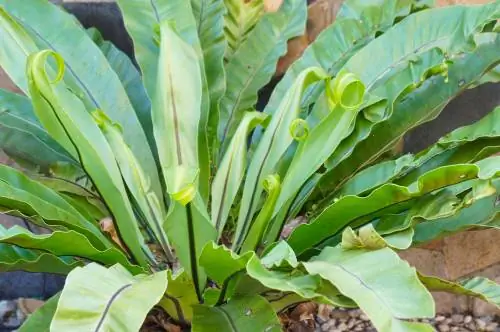- Author admin [email protected].
- Public 2023-12-16 16:46.
- Last modified 2025-01-23 11:22.
Not all types of orchids produce children or offshoots. The reasons for this are often genetic. However, many varieties of Phalaenopsis are child-friendly plants and thus make the otherwise very complicated propagation process easier for the owner.
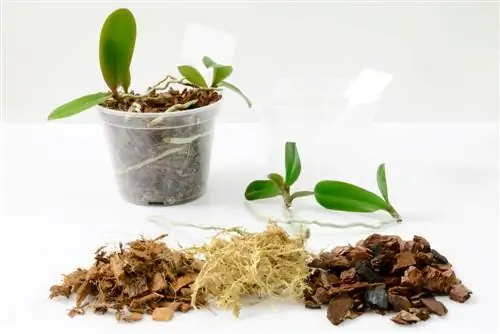
What are phalaenopsis clumps and how do you remove them?
Phalaenopsis Kindel are offshoots that arise from the trunk or flower shoot and are genetically identical to the mother plant. They are only separated after root formation, with a sharp, disinfected knife, and then planted in their own pot.
What are Kindel actually?
Kindel are offshoots or daughter plants that grow by themselves directly on the mother plant. They often form on the trunk or flower shoot. For this reason, you should wait a while before pruning the Phalaenopsis after flowering. Incidentally, the children are genetically identical to the mother plant, they are practically small clones.
How often does a Phalaenopsis have children?
The frequency of child formation varies depending on the type of phalaenopsis and the respective care. Some form offshoots relatively regularly, others only when they threaten to fail. The survival of the species is ensured by the children.
Stem children can remain on the mother plant for a very long time and can even replace it if it dies. You can cut off so-called stem children (=form on the flower stem) and plant them as soon as they are large and strong enough.
How do I care for Phalaenopsis children?
First leave the (stem) children on the mother plant until they have developed some leaves and roots. The latter should be about five centimeters long. Then cut the flower stalk a few centimeters above and below the child with a disinfected, sharp knife and plant it in a pot with an orchid substrate that is not too coarse.
Place the small Phalaenopsis in a warm (between 20 °C and 24 °C) and bright place without drafts. Ensure there is sufficient humidity, perhaps also by spraying with lukewarm water. You should not fertilize the plant in the first few weeks.
The most important things in brief:
- grow on the trunk or on the faded flower shoot
- are genetically identical to the mother plant
- should not be separated too early, only after root formation
- Separation only with a sharp, disinfected knife
- Put the child in its own pot
Tip
Do not water the young plant until the cut has closed (after 2 to 3 days) to avoid infection.

